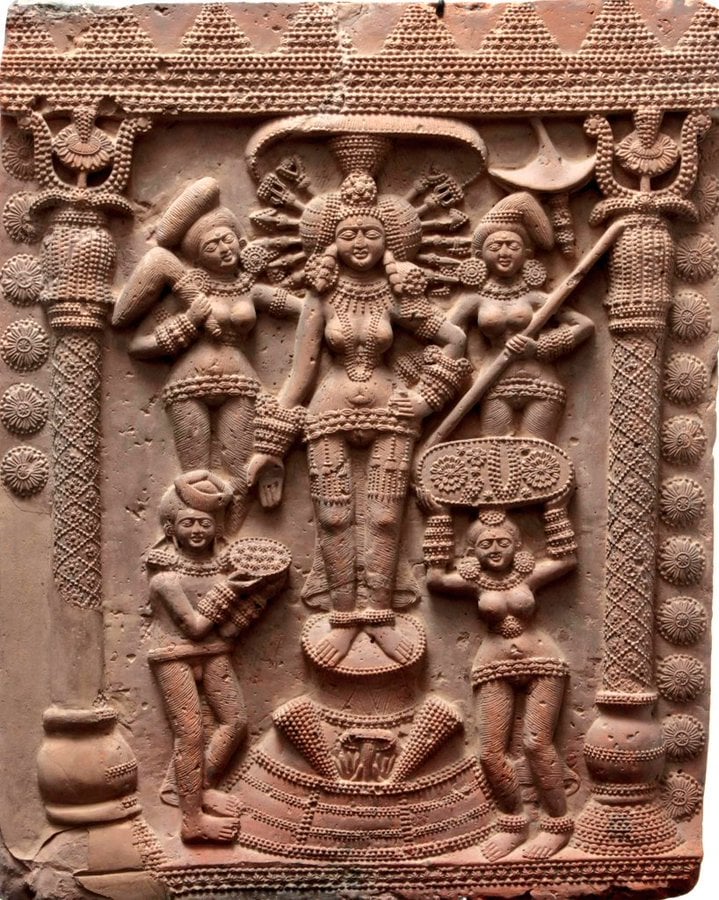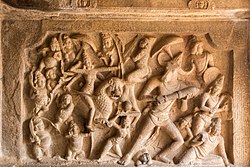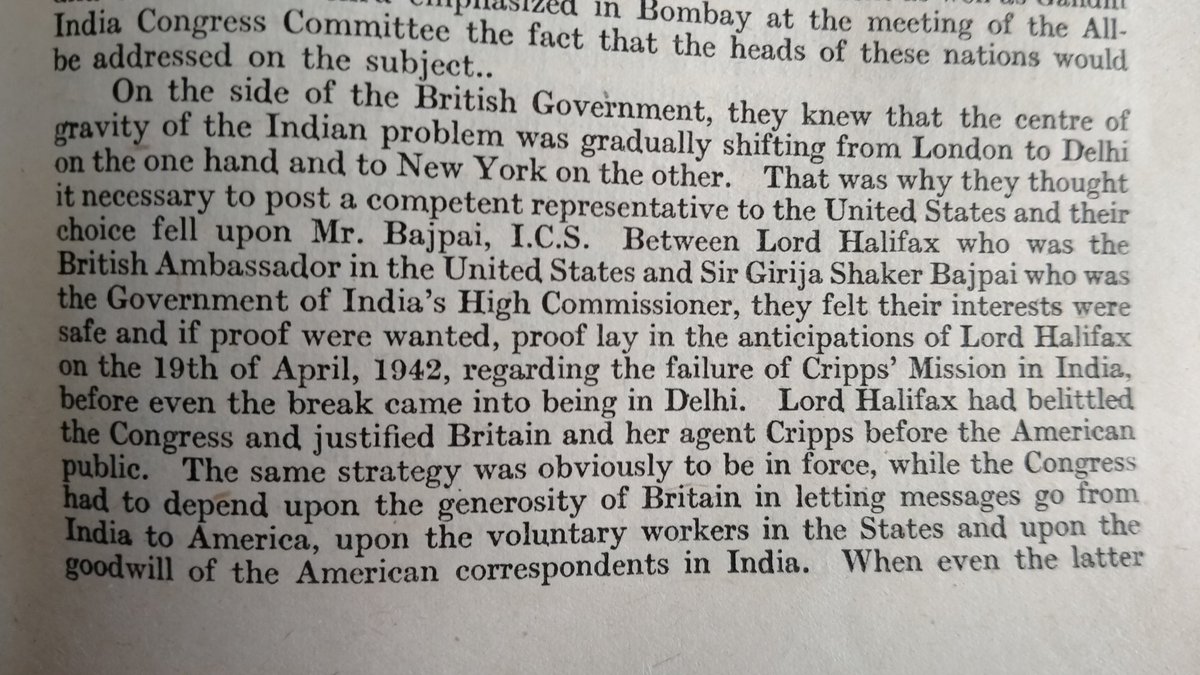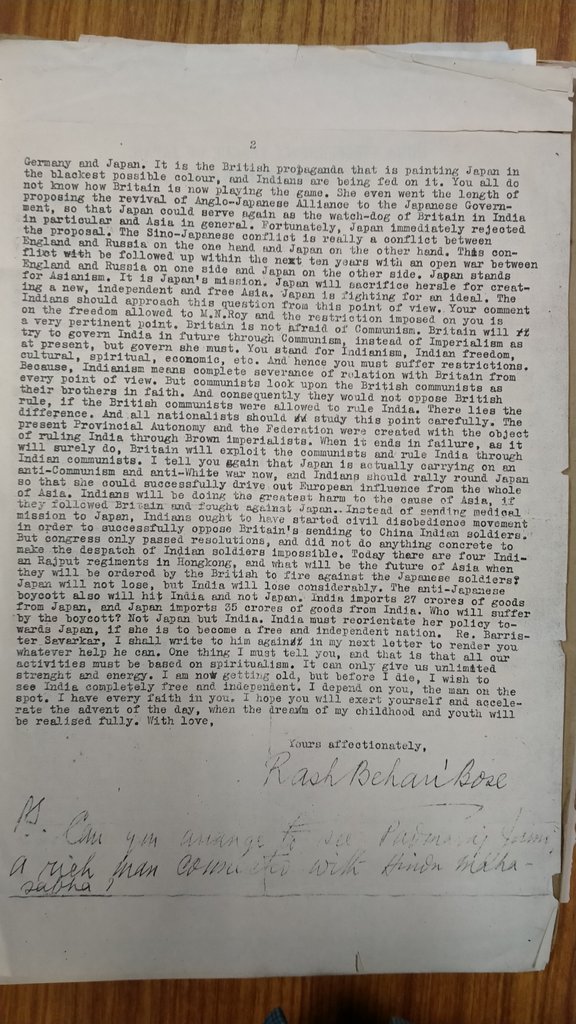
The worship of Durga (and Shakti more generally) is very old in Bengal. Excavations at Chandraketugarh, just north of Kolkata, have revealed several representations from circa 200 BC, except the weapons appear like a halo behind her head, not in her hands. 1/n 



Although similarity to modern representation is obvious, the early form of Durga is not Mahisamardini (killer of the buffalo demon). Although latter would become popular across India by Gupta era, the almost exclusive identification of Durga as Mahisasurmardini came later 2/n 

So why did the Mahisasurmardini form become so popular in Bengal? One possibility is influence of the Sen dynasty that ruled Bengal till 13th century. The Sens were from Karnataka (Mysore?). Thus, the modern idol is the result of Kanndiga influence 3/n
So, the modern Durga idol is the combination of the Chandraketugarh Durga and the Chanmundeshwari of Mysore (i.e. Mahishasur)..... true Bengali-Kannadiga collaboration 4/n 

A clarification: I am aware that Mahisasur Mardini depictions exist in Pala era (i.e. predating Sens). My question is why did this particular form become so dominant in Bengal.
• • •
Missing some Tweet in this thread? You can try to
force a refresh







